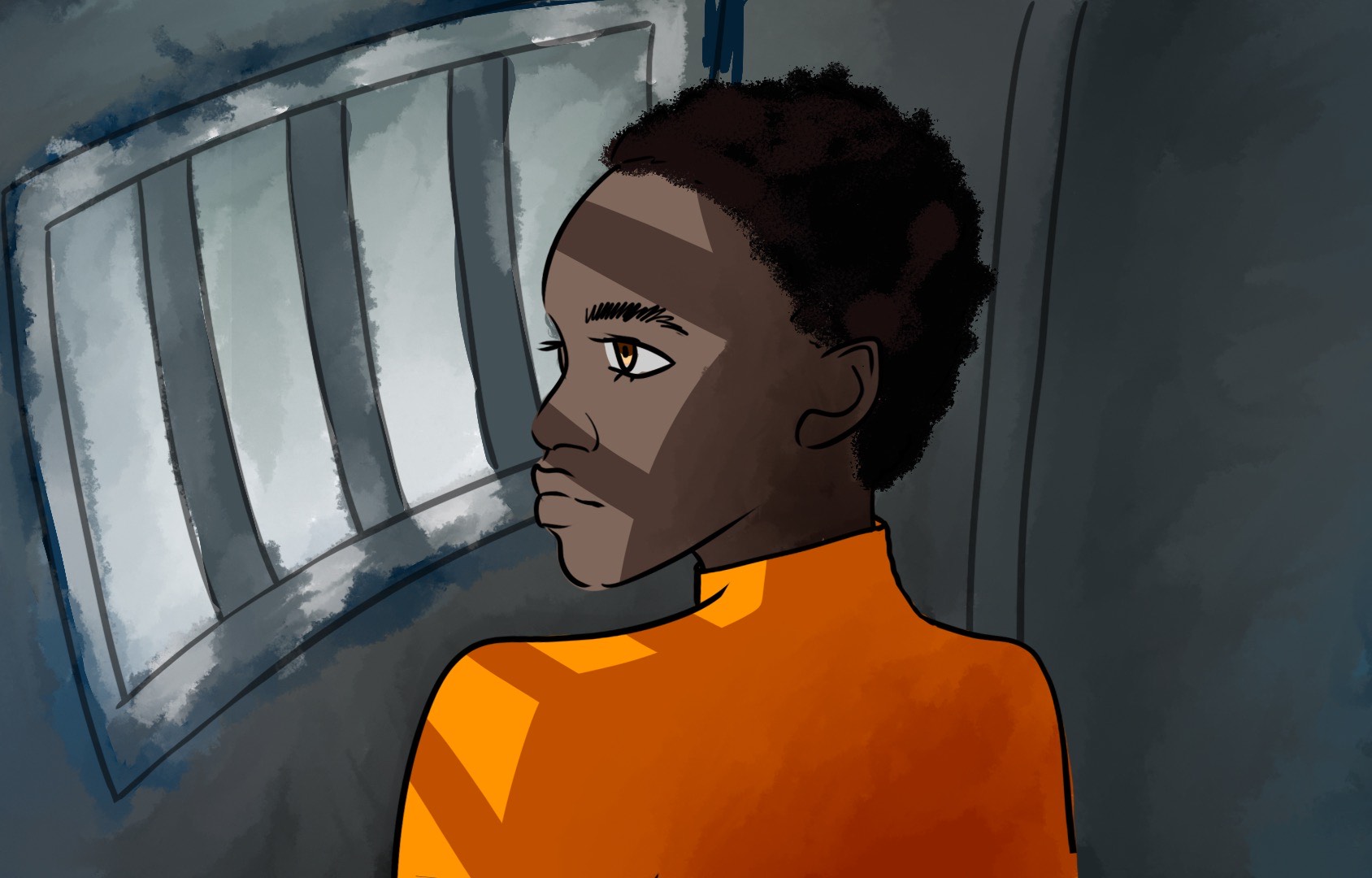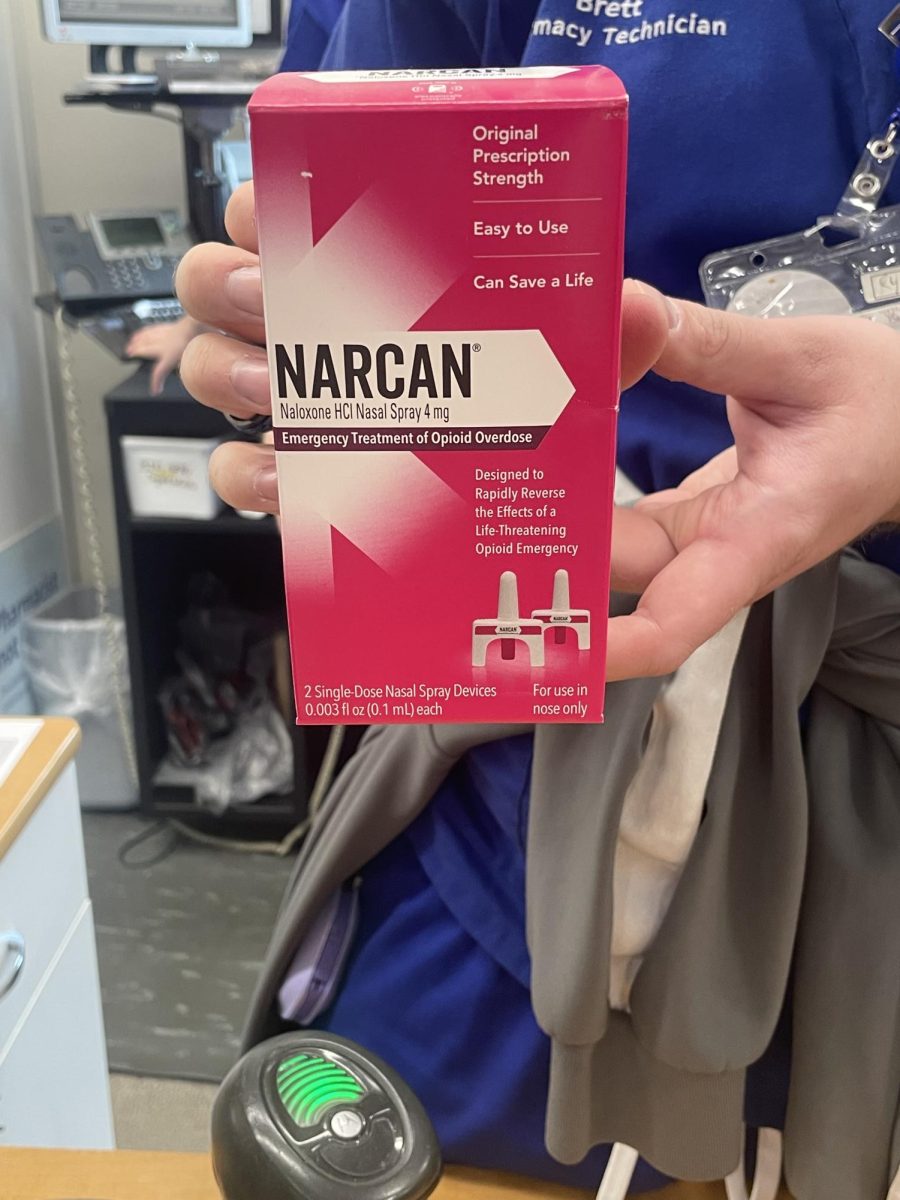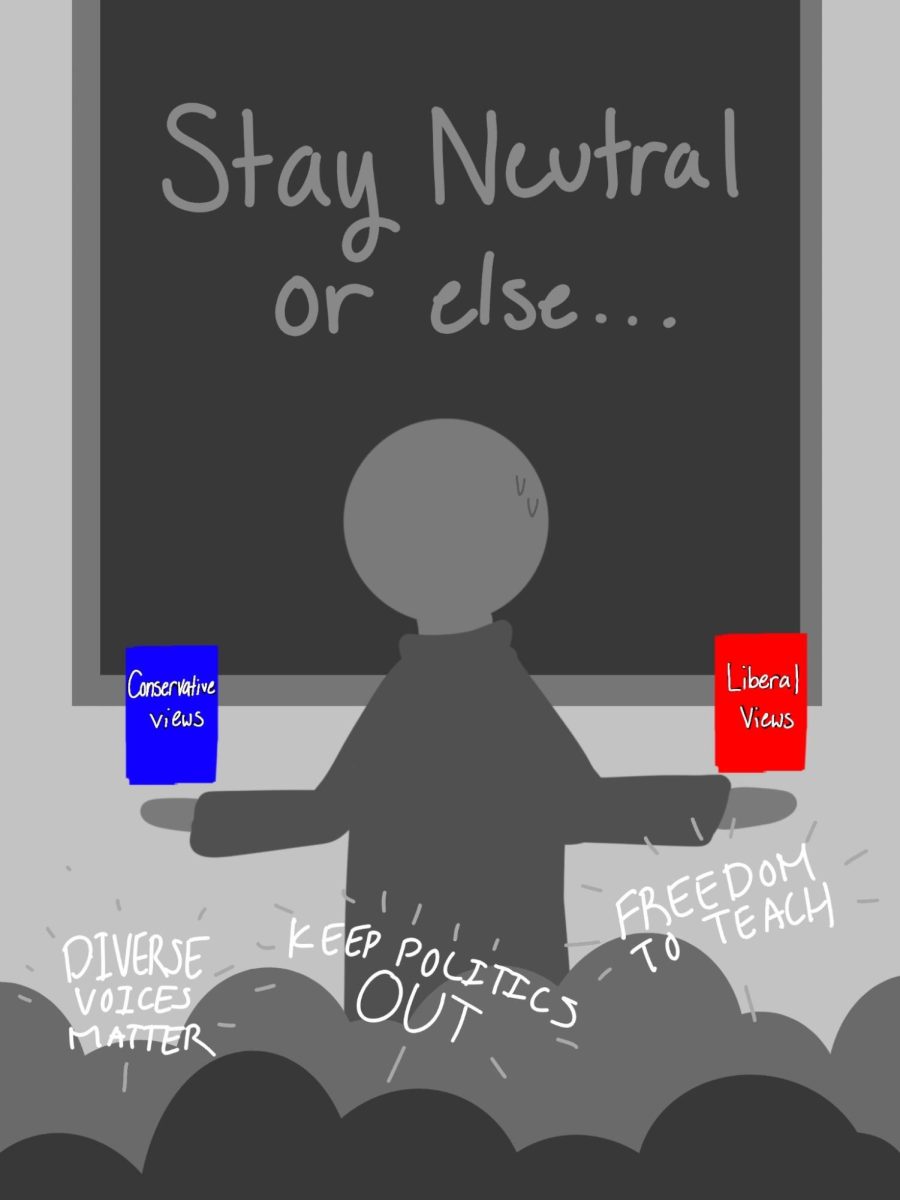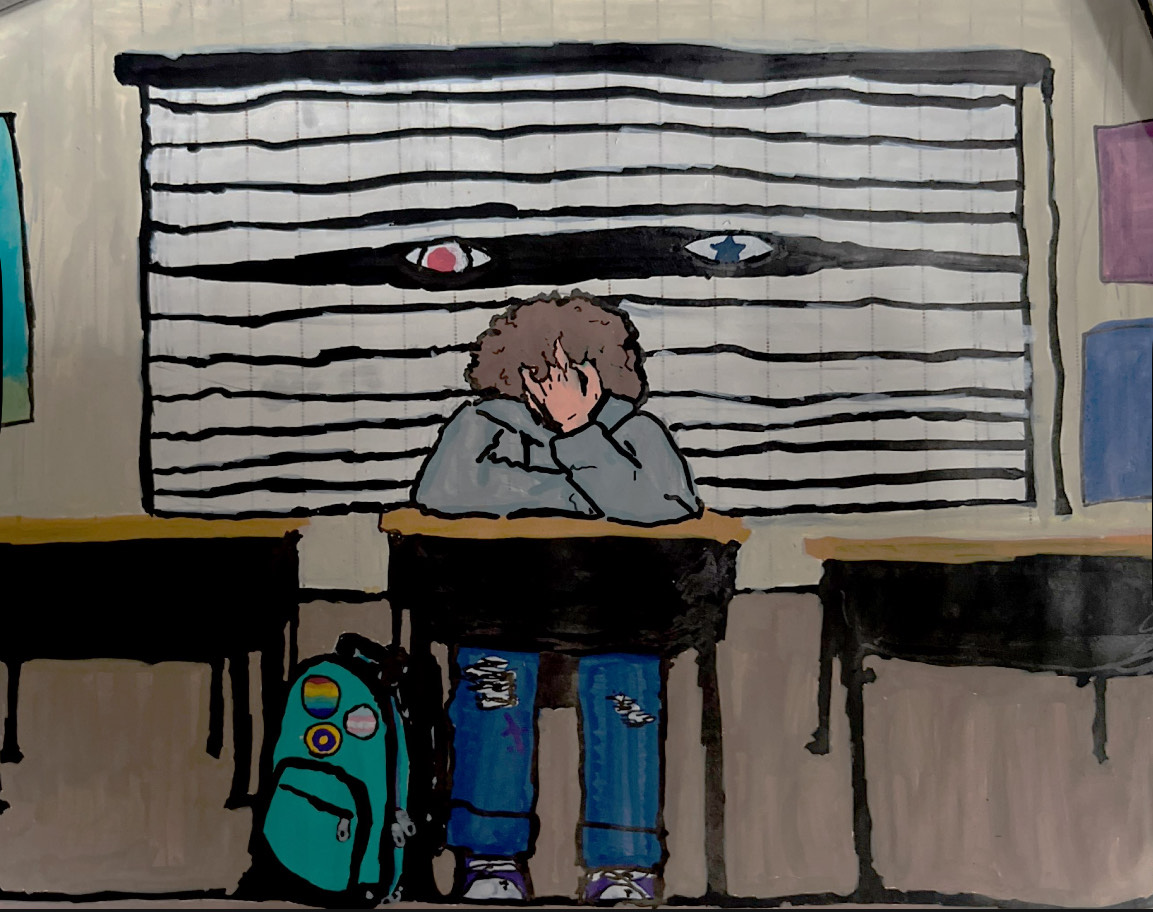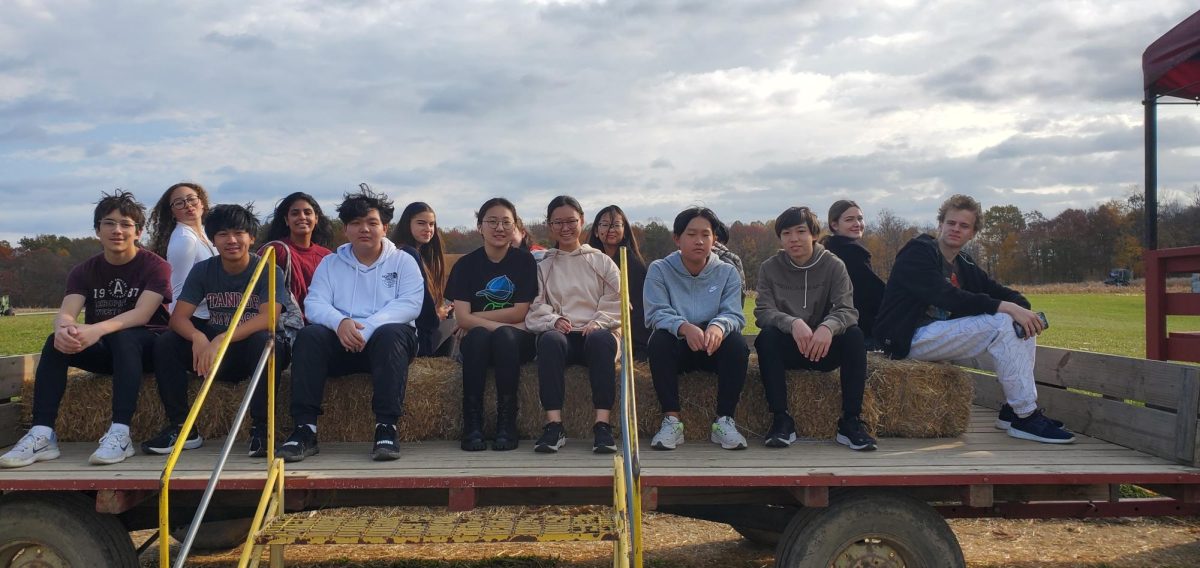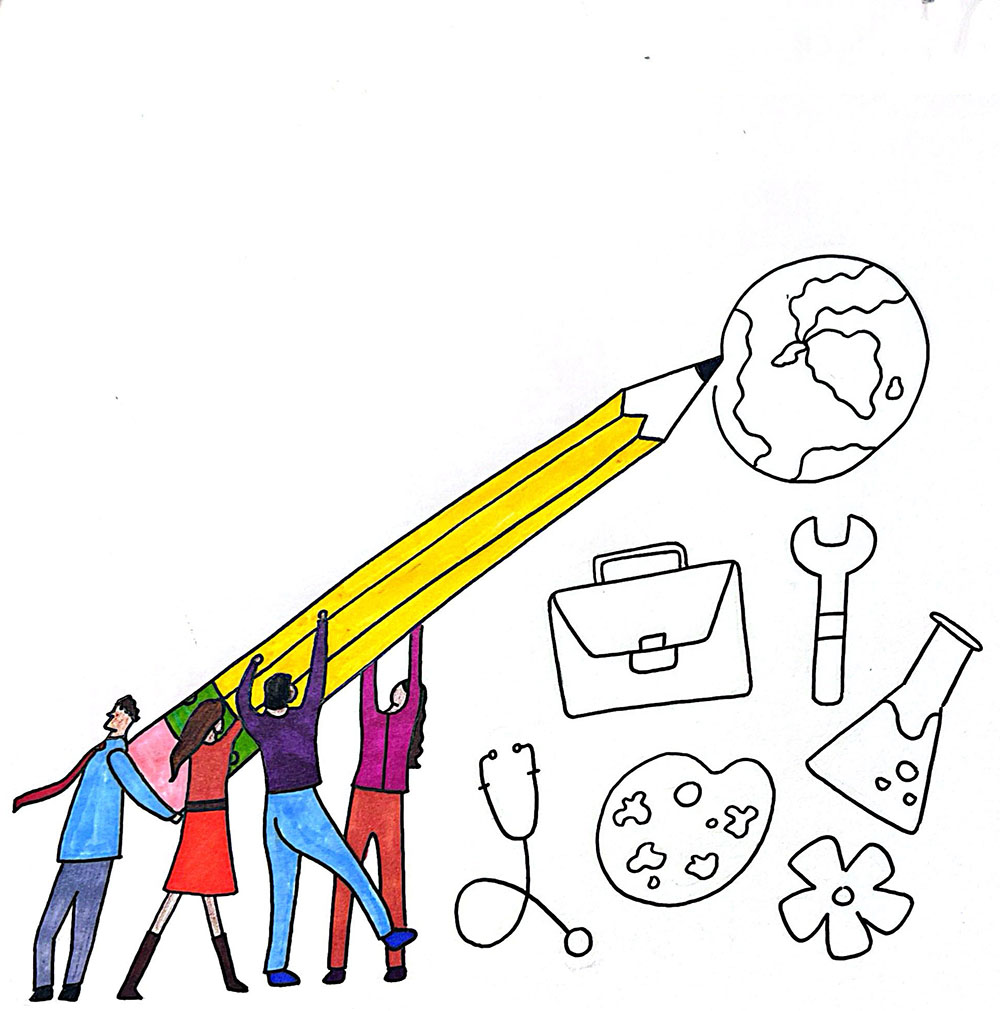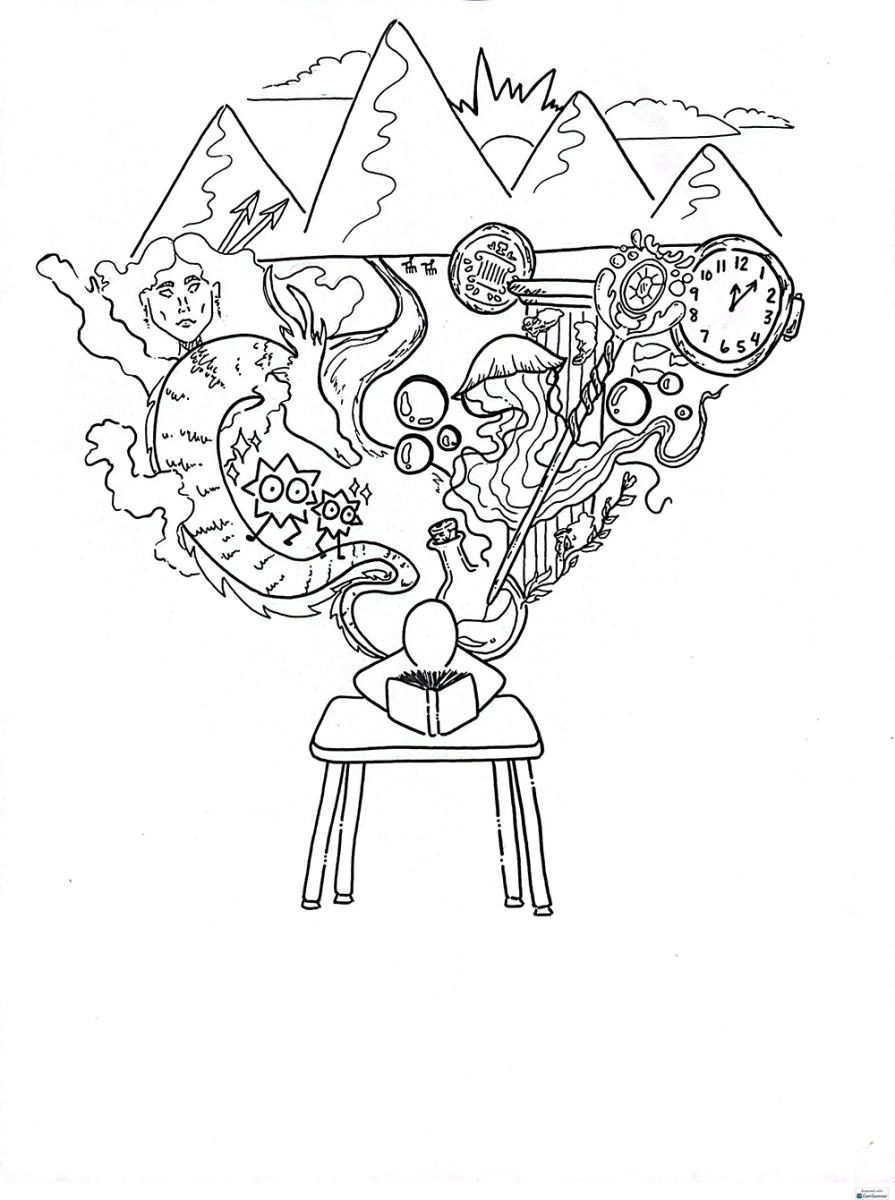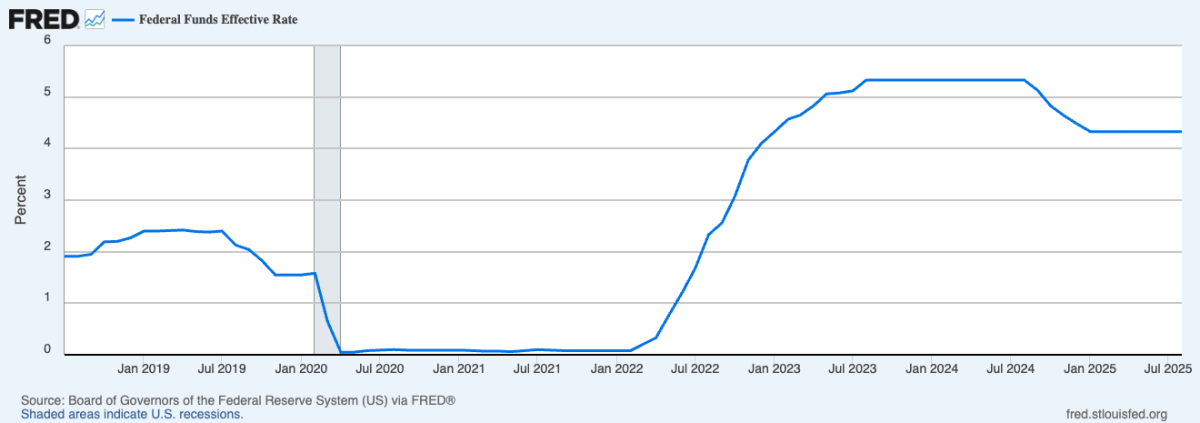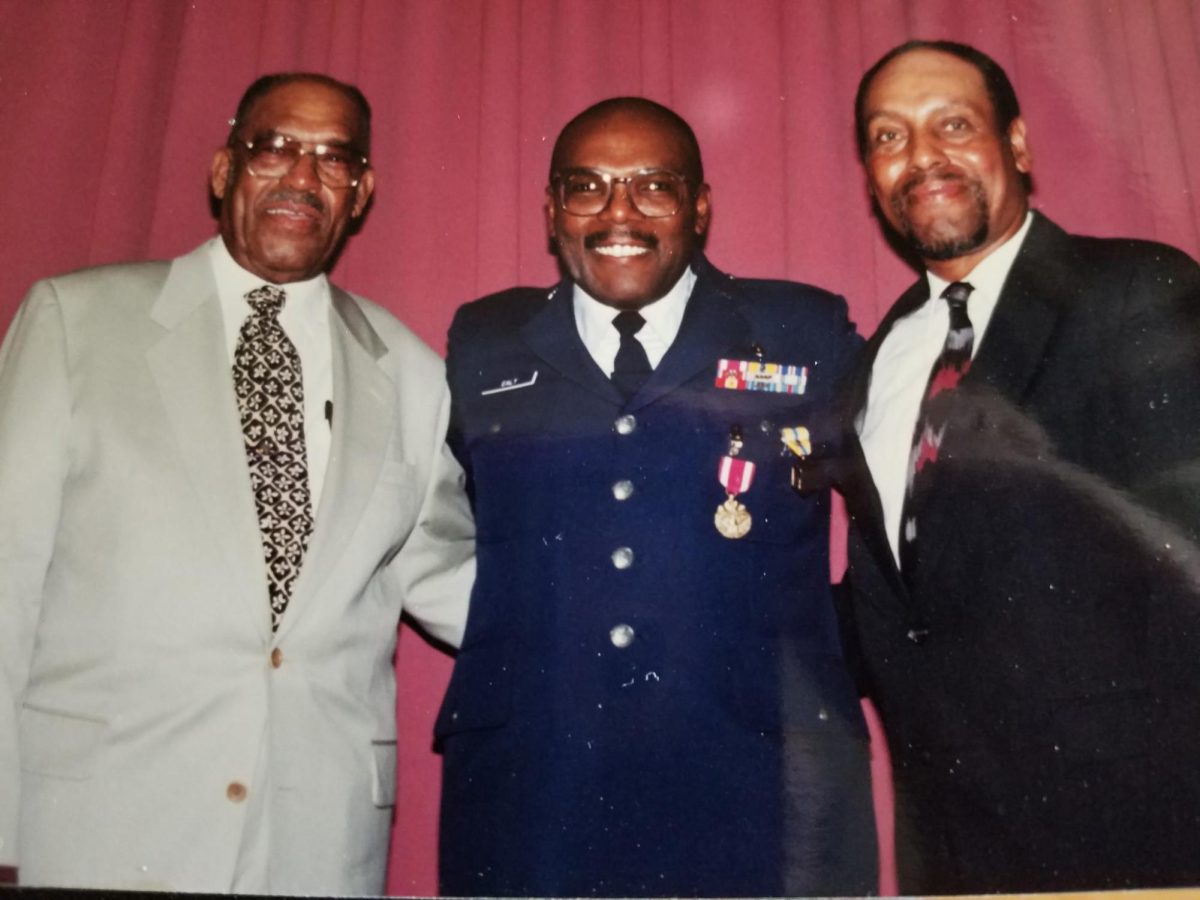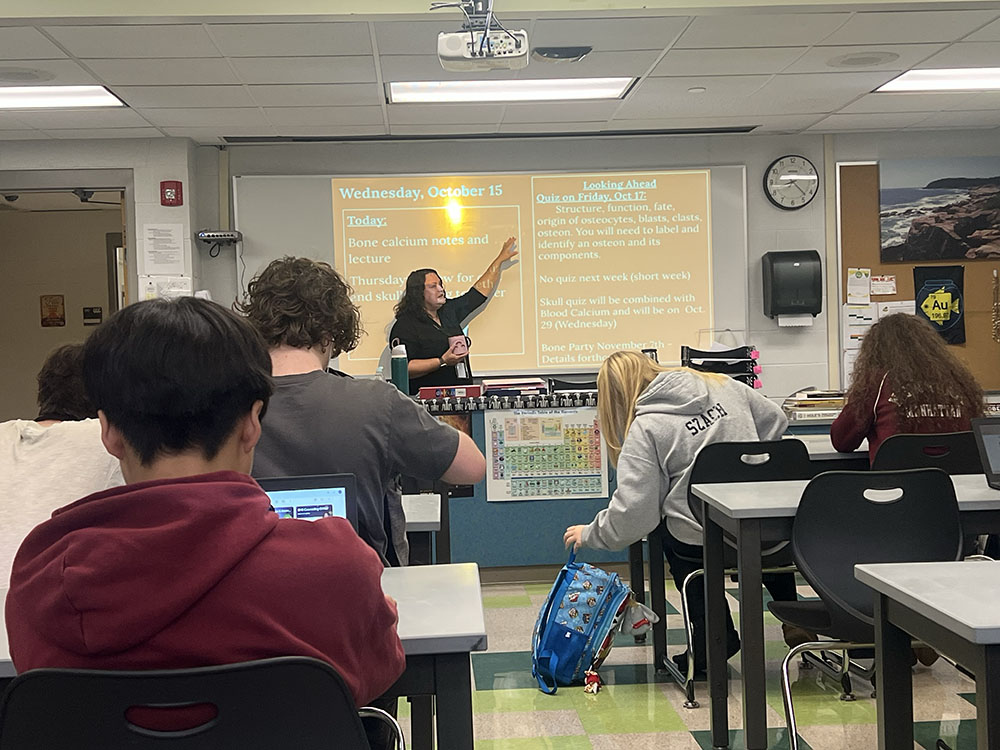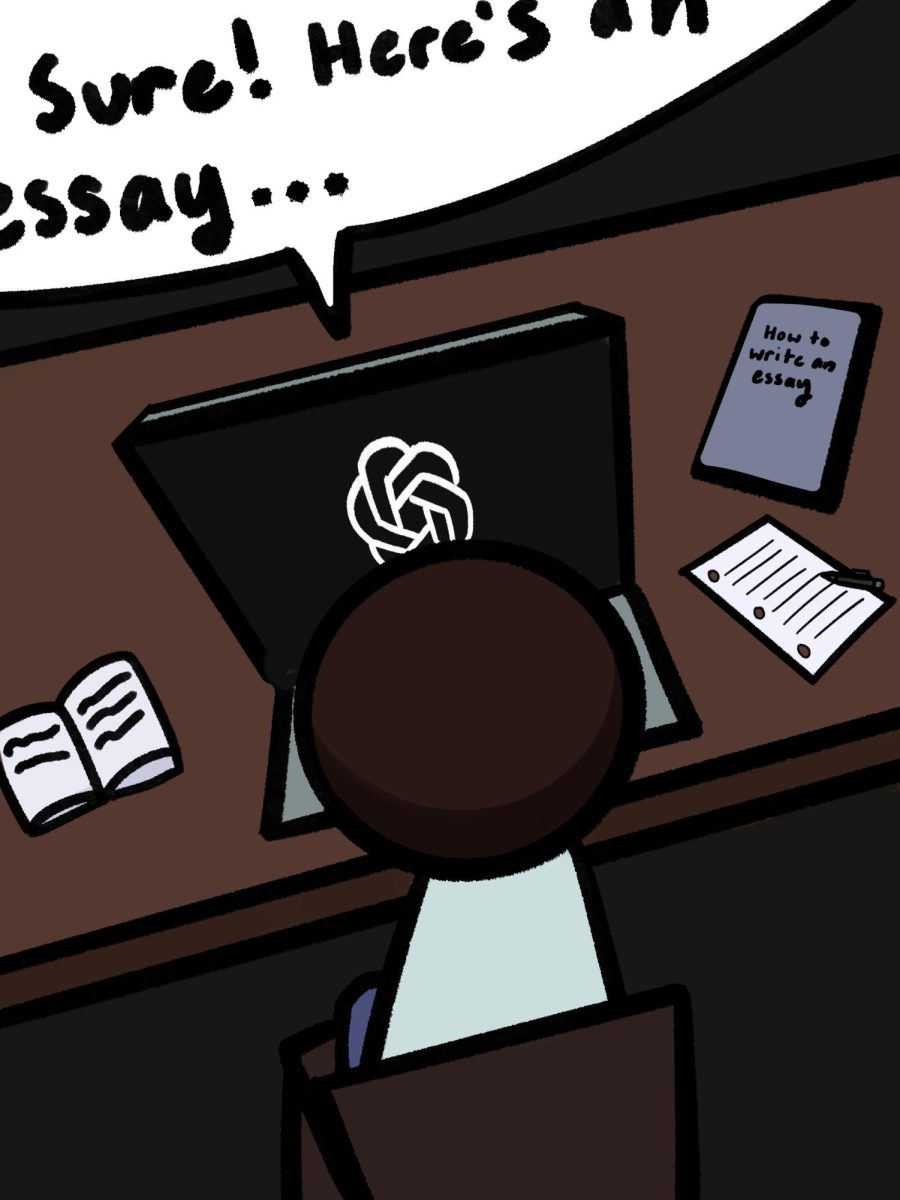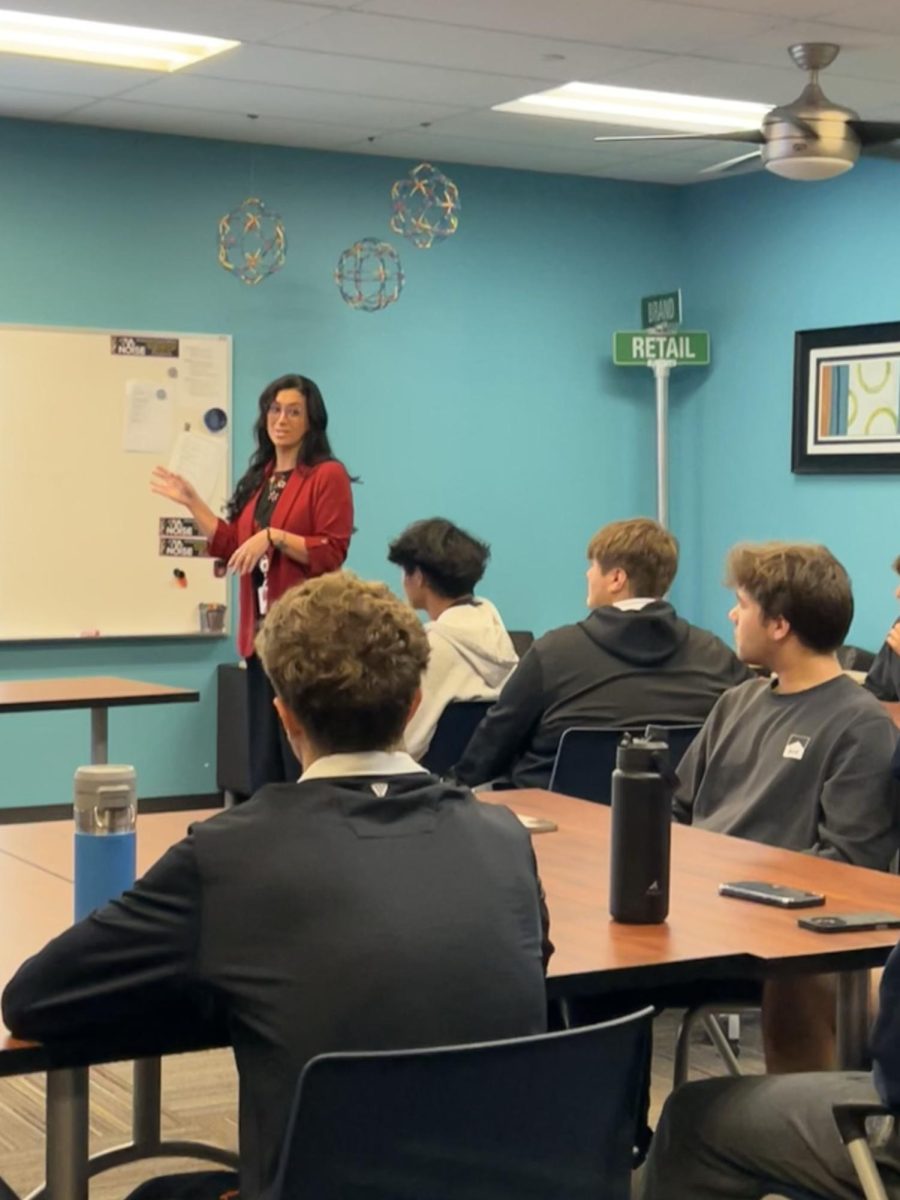According to a fact sheet by the NAACP, the number of incarcerated people in the United States increased from around 500,000 to 2.2 million between the years 1980 and 2015.
Furthermore, the sheet reports that today, one in three Black boys can anticipate going to prison, compared to one in six Latino boys and one in 17 white boys.
Additionally, the rates of drug use between Black and White Americans are the same; however, Black Americans are six times more likely to be charged than White Americans.
Raymond Greene, a formerly incarcerated individual from Akron, decided to take matters into his own hands and create the Black Led Organizing Collective, also known as Freedom BLOC. Greene has also served in many different positions for the Ohio Organizing Collaborative and is the co-founder of Black Fork Strategies, a political organizing group.
Greene detailed the thought process behind his decision to create BLOC.
“We created and founded the Freedom BLOC to allow us to work with Black and directly impacted people to build better structures and to create new structures that speak for the needs of all people,” Greene said.
In addition to this, BLOC works for criminal justice reform. Greene described how his involvement with the criminal justice system inspired some of the work that BLOC does.
“I’m formerly incarcerated, a four-time convicted felon,” he said. “I’ve spent time in county jails and halfway houses in Akron, being marked as a felon for just trying to take care of my family. This criminal justice system is a vicious cycle that once you get in, it’s hard to get out. It doesn’t really allow for second chances.”
Greene feels that the talents of formerly-incarcerated people are often overlooked.
“I noticed that most people that have dealt with the incarceration system are brilliant,” he said. “They use the tools and they use the skills that they had with the tools that they had and the things that they were taught to ultimately take care of their families, which was outside of mainstream America. And that’s normally how they ended up in prison.”
Greene explained how BLOC aims to use the political infrastructure that they develop to reform the system in an alternative way.
“[Our goal is to use] that infrastructure to develop new leaders and to develop a new way of holding people accountable that’s not carceral or inhumane,” Greene said. “[We would like to see money redirected] into programs that allow for people to understand their skill set at an earlier age, and to create ways for people to be able to take care of their family.”
Greene shared a quote from one of his mentors, Glenn Martin, that has resonated with him throughout his journey with BLOC.
“[We believe] that those closest to the problem are closest to the solution, but further away from the power and resources to make any change,” he said. “I heard that when I first got into the movement, and I believe that Freedom BLOC was created off of that premise.”
The system of mass incarceration that Greene is working to reform can be traced back to the ratification of the 13th Amendment of the U.S. Constitution in 1865.
The 13th Amendment reads, “Neither slavery nor involuntary servitude, except as a punishment for crime whereof the party shall have been duly convicted, shall exist within the United States, or any place subject to their jurisdiction.” In simpler terms, the 13th Amendment abolished slavery, except as a punishment for a crime.
Dr. Ayesha Hardaway, who is a law professor at Case Western Reserve University School of Law as well as the Director of the Social Justice Center at the law school, described how this loophole allowed the system of mass incarceration to exist.
“During Reconstruction, post-emancipation, white southerners–planters, decision-makers, legislators and community leaders– were trying to find ways to continue to benefit from the labor of the people that they had previously enslaved, they created a set of laws back then, in different places called Black Codes, [which] very blatantly only applied to Black people,” she said. “If they violated those laws, they were deemed criminals and forced to work.”
For example, according to the New Jersey State Bar Association, between 1865 and 1866 in Mississippi, Black Americans were prohibited from doing things such as moving around freely, assembling with others and intermarrying.
These newly labeled criminals, which included men, women and children, were put in prisons and often leased out to plantations and mines, a practice known as “convict leasing”. As a result, this system of essentially free labor propelled the system of mass incarceration.
Roughly a century later, in the wake of the Civil Rights movement of the 1960s and 70s, many politicians attempted to appeal to conservative voters by pushing back against the Civil Rights movement, associating crime with race and locking more people up for longer periods of time.
According to The Vera Institute of Justice, an anti-mass incarceration research group, this trend led to a massive increase in the prison population that lasted 40 years. The U.S. prison population became eight times larger between 1970 to 2010. This trend disproportionately impacted Black and Latino people, and this was not by accident.
Presidents such as Lyndon Johnson and Richard Nixon emphasized “law and order” messages and punitive policies such as harsh drug laws and long sentences. These policies were aimed at minority communities.
This new wave of mass incarceration is commonly known as the “War on Drugs”, a term which was coined by Nixon in 1971, but which really came to fruition under the administration of President Ronald Reagan. Reagan created the Anti-Drug Abuse Act in 1986, which increased penalties for possession of drugs, established mandatory minimum sentences for drug possession and trafficking offenses and allowed for the seizure of assets and increased funding for state and local drug control efforts.
Furthermore, The Anti-Drug Abuse Act was unjust in the discrepancy in sentencing between crack cocaine and powder cocaine. For example, possessing 100 grams of powder cocaine resulted in a certain sentence, while possessing one gram of crack cocaine resulted in the same sentence. Possessing five grams of crack cocaine resulted in a minimum sentence of five years in prison and up to 40 years under the Anti-Drug Abuse Act.
In the documentary Crack: Cocaine, Corruption and Conspiracy, Former Democratic Representative Charlie Rangel explained the rationale behind the Anti-Drug Abuse Act at the time.
“The thinking at the time was that crack was being used more openly in the Black community and cocaine was a secret drug that middle-class people used that didn’t hurt anybody…There was no justification. [It] seemed like a good idea at the time,” he said.
When President Bill Clinton was elected, he introduced the infamous ‘94 Crime Bill, which only added fuel to the already blazing fires of mass incarceration and the War on Drugs.
According to sociologist Alex Vitale’s 2017 book The End of Policing, “[Clinton’s] crime bills increased the number of death penalty offenses for drug trafficking, created three-strikes provisions, dramatically expanded funding for the DEA, and allocated $8 billion to construct federal and state prisons. He also set aside more than $8 billion to hire police.”
Hardaway also described policing practices during the time that contributed to mass incarceration.
“There’s a theory called broken windows policing, which, around the super predator time, was a really popular approach to policing. And basically, that said, if a neighborhood is in economic distress, we’re going to do everything we can to criminalize the people that live there, I guess in the hopes of stopping bigger crimes from happening,” she said. “But nonetheless, Black people were targeted in that way.”
“We also know that black people are most likely to be stopped through racial profiling while driving, so many cities and government institutions receive fines and fees from Black people, because they are targeted more for traffic offenses,” she continued. “That’s documented through a study from Stanford University, from some folks who did a national study on both municipal, state, and federal authorities conducting traffic stops, both in daytime and at nighttime. It shows that black people were more likely to be stopped during the daytime, because they were visible, and at nighttime, the rate of the traffic stops were different.”
Michelle Alexander’s 2020 book The New Jim Crow explores the impact of mass incarceration on Black communities.
“One in three young African American men will serve time in prison if current trends continue, and in some cities more than half of all young adult Black men are currently under correctional control – in prison or jail, on probation or parole, yet mass incarceration tends to be categorized as a criminal justice issue as opposed to a racial justice or civil rights issue (or crisis),” she wrote.
Even after release from prison, ex-cons often face employment and housing discrimination and are usually denied the right to vote, educational opportunities, food stamps and are excluded from jury services.
Today, accountability, systemic decriminalization, raising awareness, education and policy change are indispensable in the process of ending mass incarceration in the United States.
“I think [Gen Z] has done an amazing job of making demands around climate change, and in some communities, immigration laws,” Hardaway said. “I think that same energy can be used in the criminal space, once folks are adequately educated.”
“Unfortunately, we all live in this racist society, where we’re raised to second guess or to assume that black people are predisposed to be criminals,” she added. “I think [it is important to confront] those things as often as you will find them, as often as young people see them, and to make folks in the older generations really be accountable for the mindsets that create the conditions that we currently live in, and to work really hard to make different choices when you’re working in positions of power and influence.”
Fortunately, Ohio has taken steps towards criminal justice reform, as the Prison Policy Initiative released its Winnable Criminal Justice Reforms in 2024. Ohio was featured on the list, as the state legalized recreational marijuana use with the passage of Issue 2 and removal of drivers liscense suspension for nonpayment of fines and prior drug convictions.
However, these are miniscule steps in the broader context of criminal justice reform and ending the “War on Drugs.” In the future, we must continue to spread awareness, hold individuals accountable and introduce new policies.



